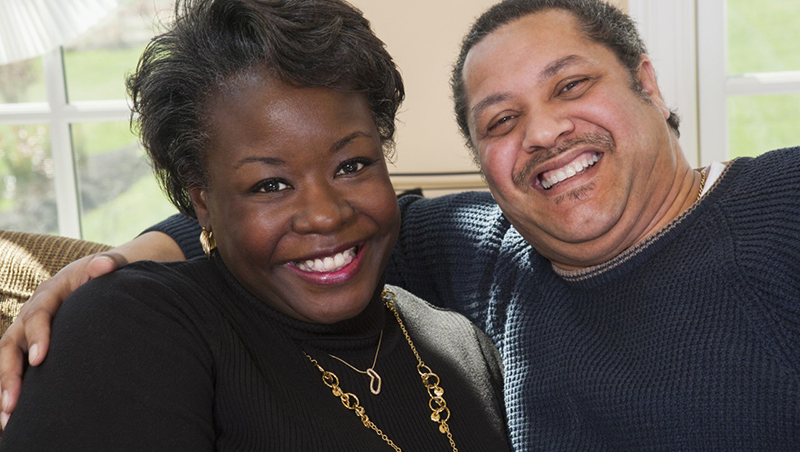Americans Are Too Fat

What you can do to beat the obesity trend.
The obesity trend among Americans is scary. For a visceral experience, see this graphic turn yellow, orange, and red, indicating states in which 20 to 34 percent of residents are obese. The percentage of adults who are obese nearly tripled from 1960 and 2010. Today’s size 12 dress has a 32-inch waist, up from 26 inches in 1970. The average woman weighs a bit over 166 pounds, up from 140 pounds in 1960 — when the average man weighed what a woman does now.
To make this a little personal, my weight is spot on average for a woman my age and height. Over the years, as my waist expanded, I compared myself to my childhood friends. It consoled me that I was in the middle of my pack. Yet my doctor recently told me I needed to lose at least 15 pounds to avoid becoming diabetic. No surprise, in 1985, the average woman my age and height was 15 pounds thinner. By remaining average, I became overweight.
Yes, there’s some good news. Our average calorie consumption peaked more than a decade ago, according to large surveys. We’re drinking fewer cans of sugary soda. The steadily rising obesity rates may have flattened out, for adults and grade-schoolers, and fallen among 2- to 5-year olds.
But the numbers are still bad: More than a third of adults and 17 percent of kids and teens, ages 2 to 19, in the United States are obese.
If you’re among them, you may already be running into problems. Obesity comes with a long list of risks that includes not just diabetes and sleep apnea but heart disease, joint problems, and migraines, as well as certain cancers. Then there’s the psychological cost: Just because we’re all getting heftier doesn’t mean there’s no social stigma, and it seems obvious that being svelte improves your job and dating prospects.
Bariatric surgery becomes an option if you’ve tried to lose weight for many years and failed or couldn’t keep it off. It has a good chance of trimming you down. Although many people regain, you’ll be typical if you retain a loss of 10 to 30 percent of your weight. Of course, any surgery carries risks.
What can we do to lose or keep off the pounds? We each need to figure out our own strategy and weak points.
You may be heavier than you like because your extended family regularly gathers for all-day feasts.
Eating take-out and restaurant food is associated with weight gain.
You may be short of sleep. All over the world, obesity is associated with sleeping less than seven hours a night. Do you have trouble avoiding episodes of splurge or binge eating? That pattern is associated with lack of sleep.
Do you eat late at night? Try to stick to a 12-hour window for your meals. It’s tough: breakfast at 7:30 means finishing dinner by then. Late-night snacking, especially, is associated with weight gain.
Do you eat foods with sugar substitutes? Skip them. They could prime the body for weight gain, according to mice studies.
Do you eat enough vegetables? Diet advice can seem complicated, but everyone agrees we need more veggies. Adults should consume at least 1 1/2 and 2 cups of fruit and 2 to 3 cups of vegetables per day, according to the U.S. Department of Agriculture. But in 2013, only 13 percent of Americans met the fruit target and less than 9 percent ate enough vegetables — and the pattern seems to be getting worse rather than better.
Do you get enough exercise? Aim for a combination of aerobic workouts and muscle-building. In one large study, women who succeeded in maintaining a healthy weight over 13 years did around an hour of moderately-intensive exercise daily.
Join a support group; much evidence shows that people benefit from diet buddies.
Consider adopting a routine that includes fasting — or a very minimal 500-calorie diet — every other day or as often as you can manage it. My father has stayed trim for decades by playing tennis three mornings a week and fasting on Mondays. At the age of 86, he still plays tennis, retains every marble, and enjoys an active romantic life — and has yet to hit a significant health problem. Way to go, Dad.
Updated:
April 09, 2020
Reviewed By:
Janet O’Dell, RN